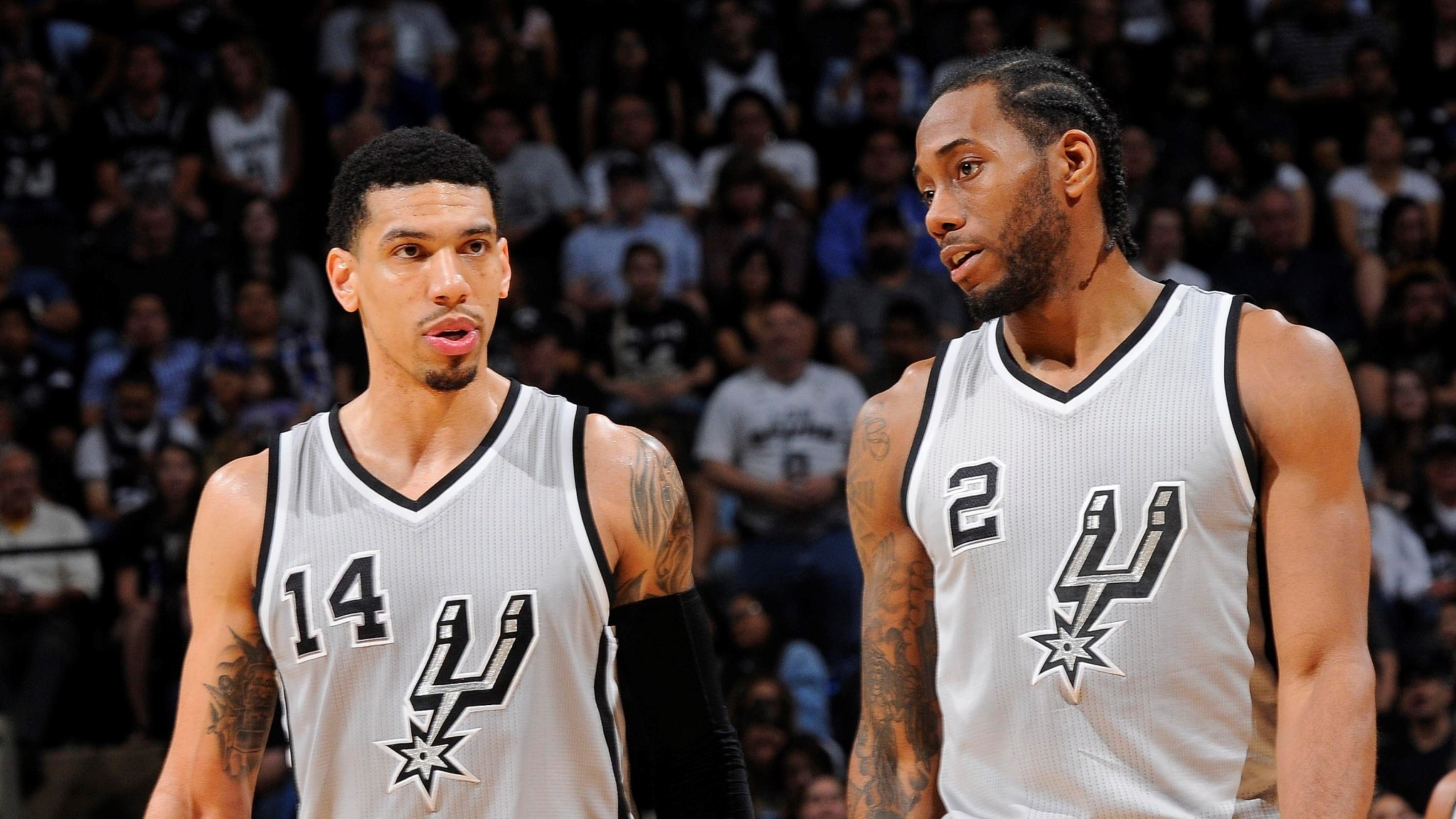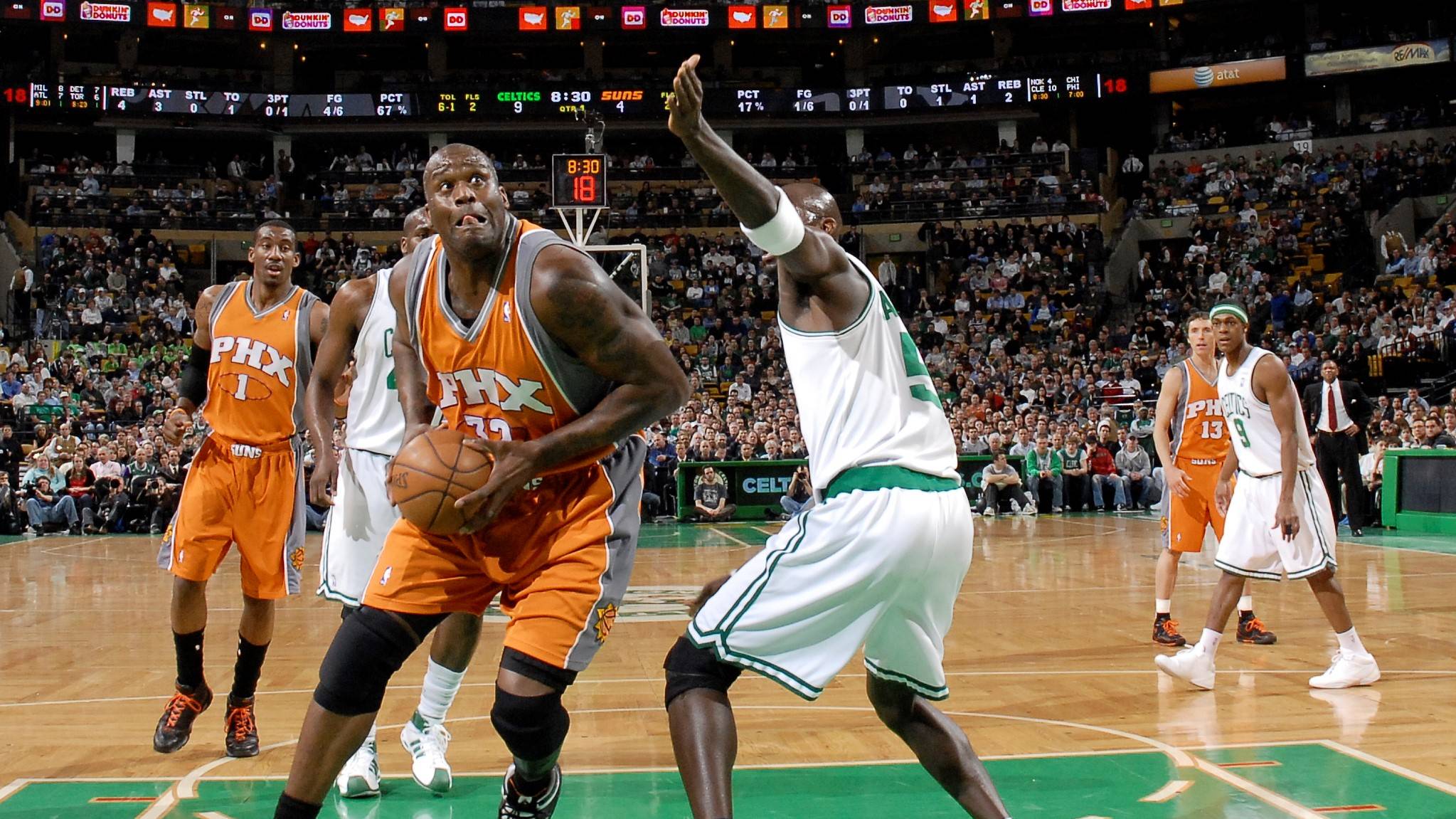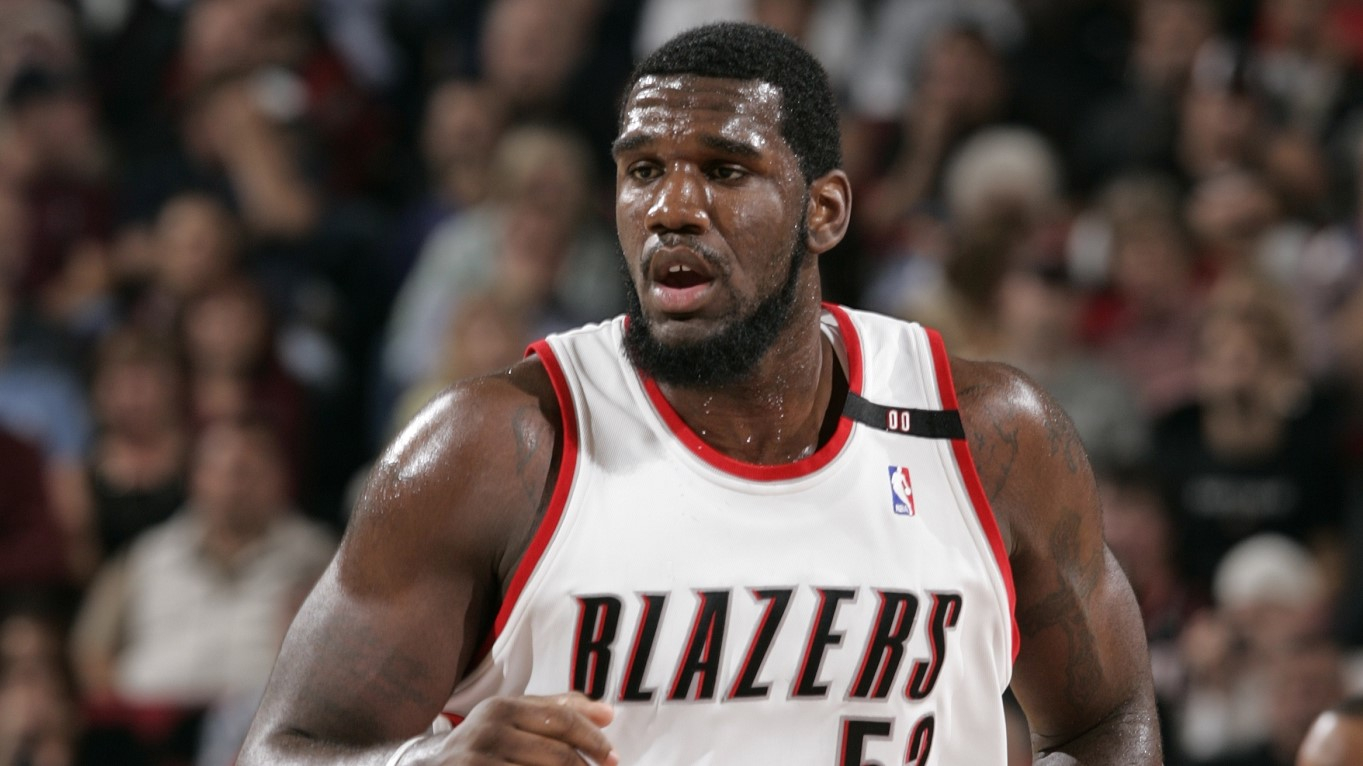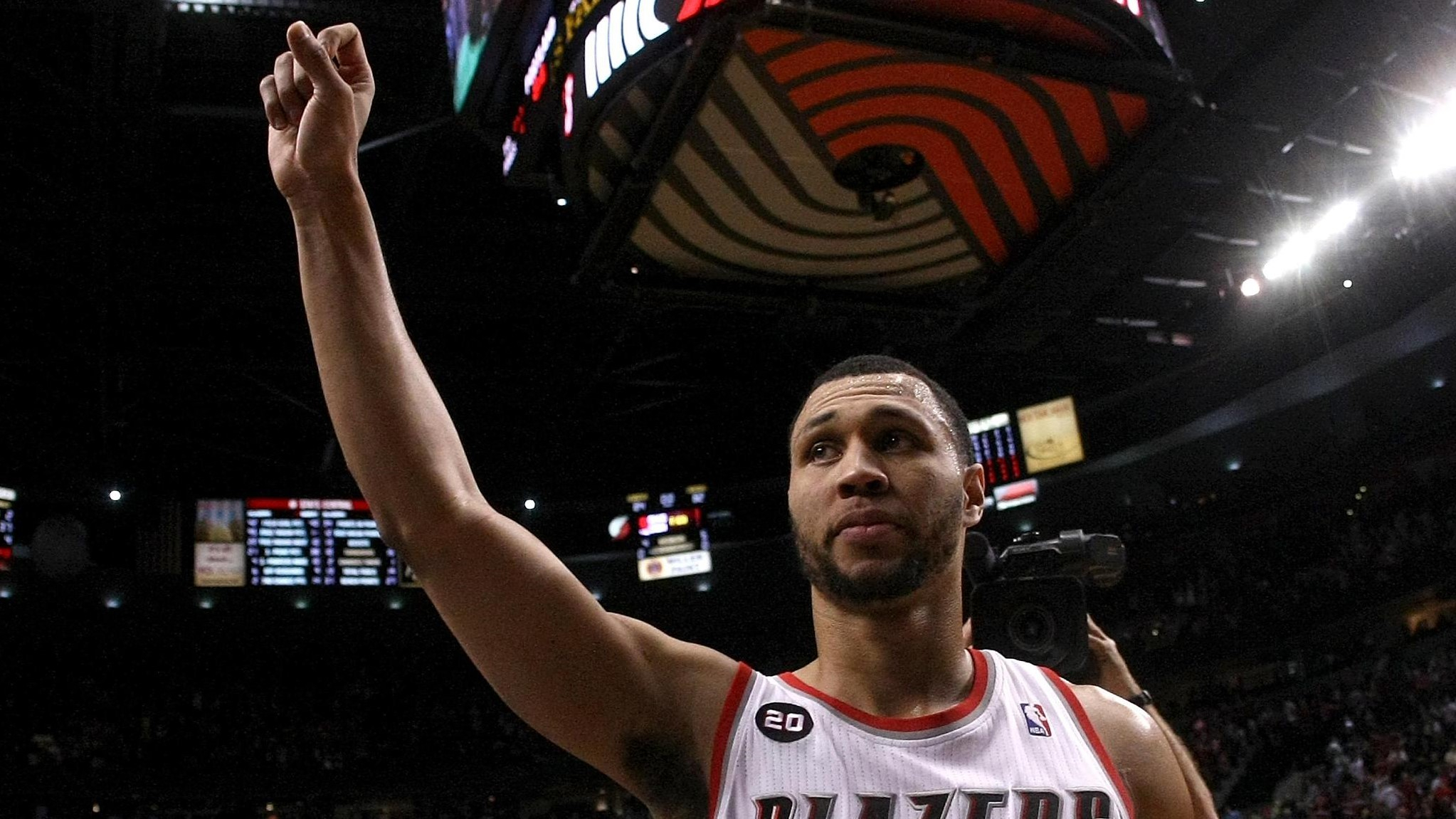
NBA
20:22, 26-Jul-2018
How much does a good medical staff matter to a NBA team?
Updated
19:29, 29-Jul-2018
Li Xiang

Danny Green, a guard traded along with Kawhi Leonard from the San Antonio Spurs to the Toronto Raptors, said that he learned that he was playing with a torn groin last season – something that none of the doctors had detected.
Telling the listeners of his podcast "Inside the Green Room with Danny Green," the guard said he was injured in a game in December of 2017. He followed advice of the Spurs medical staff and continued to play through the season.
However, he recently found out that his injury was worse than what the team doctors said.

Danny Green (L) and Kawhi Leonard (R) were traded together to the Toronto Raptors from the San Anotonio Spurs. /VCG Photo
Danny Green (L) and Kawhi Leonard (R) were traded together to the Toronto Raptors from the San Anotonio Spurs. /VCG Photo
“I should've, could've gotten a second opinion. So I see where Kawhi is coming from when he got his second opinion. Because a lot of times, you'll get information from outside sources, and not saying the Spurs' staff is not up to par. It's just that not everybody is a specialist in every area. So it's not like they're a specialist in the groin area or a sports hernia,” said Green, who also defended Kawhi Leonard for deciding to leave San Antonio for reasons that include differences over the extent of his injury.
Green has also emphasized that he was just making objective comments on his injury and did not blame San Antonio's medical staff. However, the nature of his comments brings up a question: What role does the medical staff play on an NBA team?

Thanks to their medical staff, the Phoenix Suns helped 37-year-old Shaquille O'Neal return to NBA All-Star Weekend in 2009. /VCG Photo
Thanks to their medical staff, the Phoenix Suns helped 37-year-old Shaquille O'Neal return to NBA All-Star Weekend in 2009. /VCG Photo
If you ask fans of the Phoenix Suns, the answer would likely be “a significant role,” as the team’s medical staff has been known for their excellence. Many, including players, coaches and even media outlets, have view the Suns’ medical staff as the best in the league.
Thanks to head team physician Dr. Ton Carter and head trainer Aaron Nelson, the Suns have set up a detailed database for every player and regularly conducts physicals and tests. They also evaluate different parts of the players’ bodies including ankles, knees, hips, waists, and even the pliability of their big toes. The Suns even keep records of the physical reactions of their players after training sessions.

Greg Oden, a promising genius player ruined by injuries /VCG Photo
Greg Oden, a promising genius player ruined by injuries /VCG Photo
Phoenix's efforts have led to many NBA players finding new energy while with the team. Thirty-year-old Steve Nash was MVP two years in a row; 37-year-old Shaquille O'Neal returned to All-Star Weekend in 2009; 35-year-old Grant Hill who had seriously considered retiring, became the team’s integral key player and played four healthy seasons after he joined Phoenix in 2007.
In 2015, 33-year-old Tyson Chandler joined the Suns on a four-year contract. He said that one of the reasons he chose Phoenix was that he believes the team’s medical staff can help him maintain good physical form, according to Tencent Sports.
The Portland Trail Blazers are also a perfect example of how important a good medical staff can be to a team, though sadly, in a bad way. Search the following names – Greg Oden, Brandon Roy, Bill Walton – you will find players whose NBA careers were shortened after joining the team.

Brandon Roy had to say goodbye to NBA after only five years because of injuries. /VCG Photo
Brandon Roy had to say goodbye to NBA after only five years because of injuries. /VCG Photo
Hall of Famer, Bill Walton, played only 468 regular games in simply 10 seasons. In the four years playing for Portland, he missed a total of 209 games. By the way, there are 82 regular games in one season.
From 2007 to 2013, Gregg Oden, who was praised as having the potential to become one of NBA’s greatest centers, went through knee surgeries again and again after he was selected by the Trail Blazers with the first pick in the 2007 draft. Brandon Roy, seen by many as the second Kobe Bryant, had to retire in 2011 thanks to continuous ankle injuries after simply five years in the NBA with Portland.

SITEMAP
Copyright © 2018 CGTN. Beijing ICP prepared NO.16065310-3
Copyright © 2018 CGTN. Beijing ICP prepared NO.16065310-3